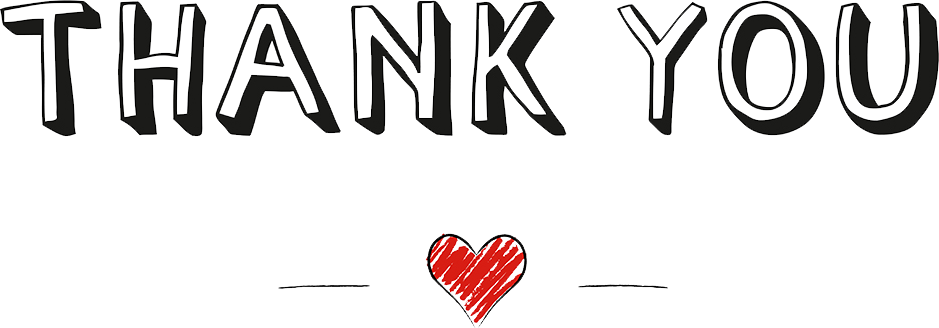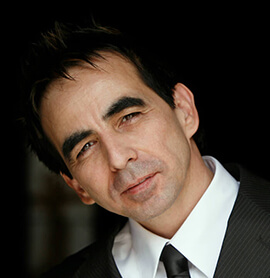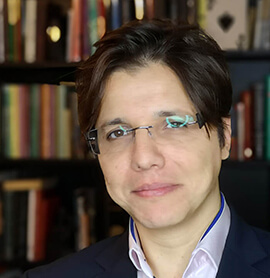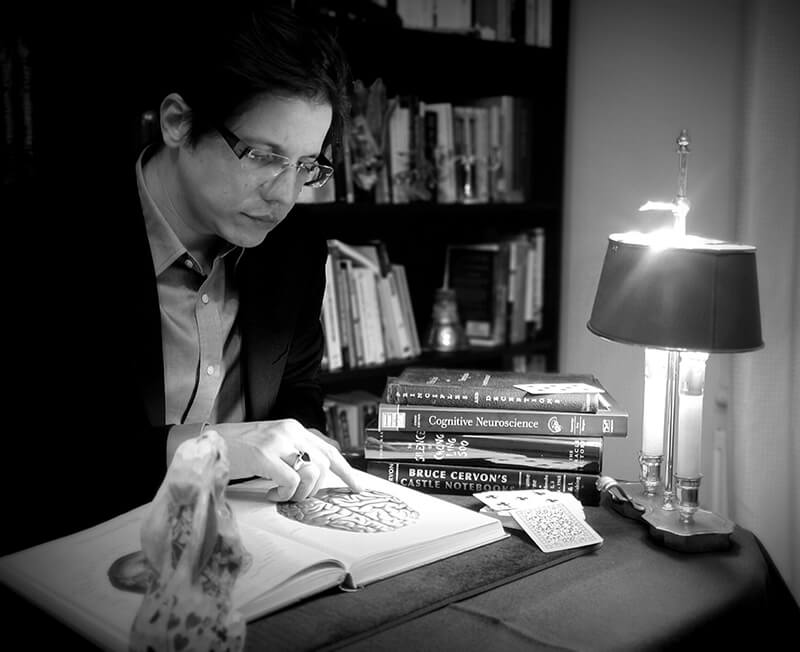THE HUNGRY iMaGiNaTiOn
Performance videos and essays as monthly inspiration for magicians, artists, and scientists, by Armando Lucero.
About
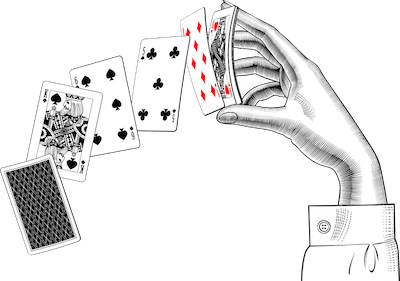
Watch, read, and study magic.
See samples of my work below. Read full background HERE.
If you are a magician, artist, or scientist, consider joining this humble university to enhance your understanding of deception. For merely $20 monthly, receive a unique magic performance, along with notes about the perceptual engineering involved in the artifice. Essays are free.
Get your monthly video and PDF now.
— Armando Lucero
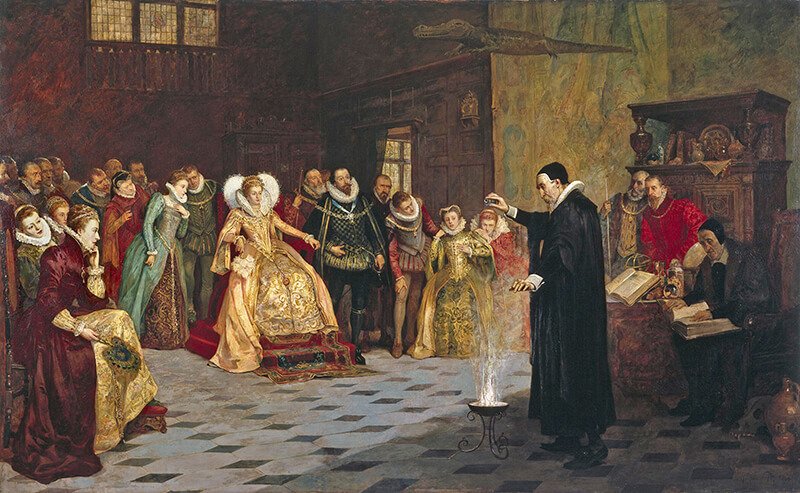
Aperceptual engineer can bamboozle an observer by delivering information covertly for them to perceive what should not exist. Like an infectious distortion of reality, it then germinates without their awareness — influencing their every thought until the mind assumes the unreal while the real (whatever that is) remains hidden.
Works
— an indispensable tool for any academic investigation. Here above are my credentials. It represents one of many possibilities that can be accomplished using the ideas from The Hungry Imagination. As you watch, bear in mind that there are only four cards and four coins used.
A B R A C A D A B R A
A B R A C A D A B R
A B R A C A D A B
A B R A C A D A
A B R A C A D
A B R A C A
A B R A C
A B R A
A B R
A B
A
❝We are, as a species, addicted to story. Even when the body goes to sleep, the mind stays up all night, telling itself stories."
— Jonathan Gottschall, The Storytelling Animal
Subscribe for $20 monthly and renews automatically. Cancel anytime. Receive a unique video performance monthly, along with notes about the perceptual engineering involved in the artifice. Opt to receive essays for free periodically.
Because a lot of time, effort, and resources are spent to develop this material, your kind support is deeply appreciated. Consider becoming a subscriber, and be inspired at least once a month. Or...
Make a one time donation of $5, $10, $25, $50, $100, or other amount.
Essays
and the artist way
by Armando Lucero

We see patterns whether we try or not, but for this reason, an artist can use this propensity to capture our intrigue.
Consider the complexities of music. What musicians discover to lure us in the best way possible also reveals underlying mathematical models. To the point that those artists who are most successfully intriguing, the ones most memorably appealing, can show measurable differences distinct from all others through the analysis of patterns. Musicians, as well as dancers, painters, writers, speakers, sculptors, or moviemakers, who consistently and profoundly captivate us until we submit with laughter or tears, benefit from thoughtfully planned designs. Beautiful architecture that is emotionally affecting draws from the knowledge of engineering. The concepts of perceptual engineering can be applied and repeated with a significant degree of accuracy but simultaneously subject to the whims of the observers' malleable mindset. Hence, part science, part art.

By studying these patterns, we find the dance between repetition and change, inserted strategically for best results. The enigmatic tool of the emotional tension spring between continuity and dynamics. How does one attain such expertise to lead like a conductor does an orchestra? It is a daunting task, but we can study it. The patterns are there. Compounding this difficulty is that people come in all types, each with their own biological and experiential influences, which would explain why each society or community tends towards their particular kind of conventions. Our given culture compels us to adapt, which is necessary for survival. Once primed to specific likes and dislikes, we are inclined to adhere to them, to the ways of our acquired culture, and its language.
❝Your beliefs become your thoughts. Your thoughts become your words. Your words become your actions. Your actions become your habits. Your habits become your values. Your values become your destiny."
— Chinese Proverb
After we get past the idea of merely thinking in threes, we may explore the more complex groupings, but always there is a pattern to discover and follow. The artist's way is all about seeking "patterns." Arranged to procure emotional content to elicit a response from the observer. Not just any response but specific and predictable responses. Considering music has so much to offer for study, we can then compare a well-composed magic performance to a Bach Fugue. Everything in its rightful place for maximum effect. Not too much, not too little, but all parts supporting and powerful as a whole. An exercise of thinking creatively and strategically to affect us emotionally by resonating with what is intrinsic to all of us; patterns.
One who masters the skill to communicate in ways that defy most of us is my interpretation of a great artist. Doing what anyone else can do is not what an artist does. Painting by numbers is not the same as Picasso. All artists do Art, but doing Art does not necessarily make the artist. To read something, hear something, see something, or experience anything prepared by an artist can so profoundly affect us intellectually and emotionally we may be awestruck. The maker of such an arrangement seems to step outside the box of commonality. And achieve the distinction of what others deem "artist." Curiously, artists sometimes speak in abstractions, which are difficult to interpret into academia — often explaining that "they just do it." Perhaps it is an unconscious competence through years of experience from honing their skill.
❝The sculpture is already complete within the marble block before I start my work. It is already there. I just have to chisel away the superfluous material."
— Michelangelo Buonarroti.
Poetic but obscure. Maybe Michelangelo knew, but some artists do not recall how they became so expert. Often ignoring the massive work and experience that came before. Consider a scientist whose ability improves with every formal and proper investigation, which eventually becomes second nature, to the point of appearing as if "they just do it." When such an expert has a hunch, scientific training still guides them even without awareness.
Use three to compose. It does not have to be three, but it is a good starting point. "3" can be applied to a beginning, a middle, and an end, three compositions as a set in a show, and three sets as a complete show, then iterate from there. Cautiously follow your gut. Be aware that knowledge based on aesthetics alone is neither proven nor necessarily correct. Testing is a must. However, unconscious competence could sometimes elevate us to the brink of knowing just before revelation. Beauty is nature's hint for truth, and by honing our artful skills to recognize it, are we not better scientists? An expert artist is fluent in a language that is ripe with knowledge and wisdom. The information is valuable and worthy of scientific investigation but to unravel the mystery requires transcending both art and science as if they are one.
Last Word
We often obtain knowledge without our awareness. Which then influences decisions about the world, yielding positive or negative consequences. But regarding the good ones, the information gathered can sometimes lead one to discover a profound truth. Yet not explain how they arrived at it. Some call it intuition but a guess based on a genuine intellectual pursuit of truth while using reliable tools with vast experience in experiments seems more than mere guesswork. It could be unconscious competence. Ironically, science admonishes guesswork while practicing it all along. Otherwise, how would any investigation begin without the hunch to ask the questions in the first place? The problem is in distinguishing the difference between what is valuable insight or not.
— Armando Lucero
Footnotes
-
“All of the definable structuring of Universe is tetrahedrally coordinate in rational number increments of the tetrahedron. By tetrahedron, we mean the minimum thinkable set that would subdivide the Universe and have the interconnectedness where it comes back upon itself. The basic structural unit of physical Universe quantation, tetrahedron has the fundamental prime number oneness.” — Buckminster Fuller
-
“Within it (tetrahedron) lies the energy that holds all life together. The bonds that hold atoms, particles and molecules together, all the way down to nanoparticles and all the way up to macroparticles, are tetrahedral. Everything that exists as you conceive of it in a 3-dimensional world, is held together by these tetrahedral bonds.” — Buckminster Fuller
-
“There really is no such thing as Art. There are only artists.” — E.H Gombrich
-
Unconscious Competence: The individual has had so much practice with a skill that it has become “second nature” and can be performed easily. As a result, the skill can be performed while executing another task. The individual may be able to teach it to others, depending upon how and when it was learned. — Wikipedia
-
“It is a mysterious thing, in fact, how something that looks attractive may have a better chance of being true than something which looks ugly. I have noticed on many occasions (in my own work) where there might, for example, be two guesses that could be made as to the solution of a problem, and in the first case I’d think how nice it would be if it were true; whereas in the second case I’d not care very much about the result even if it were true. So often, in fact, it turns out that the more attractive possibility is the true one. — Roger Penrose
- The Book of Threes
- PHYSICISTS PROVE SURPRISING RULE OF THREES
- Thomas Jefferson, Steve Jobs, and the Rule of 3
- The Rule of Three
- Truth and Beauty: The Two Faces of Science
- Beauty is truth, truth is beauty, and other lies of physics
- 27 Responses to the Question “What is Art?”
- The Science of Patterns
- Kurt Vonnegut on the Shapes of Stories
- The Zipf Mystery
- CYMATICS: Science Vs. Music - Nigel Stanford
Join
THE HUNGRY IMAGINATION
WATCH : READ : STUDY : MAGIC
$20.00 monthly and renews automatically. Cancel anytime. Get your monthly video and PDF now.
With great effort and love, were these works composed. So it is an honor to know you took valuable time to partake. To all who have joined or contributed, gave support and appreciation:
